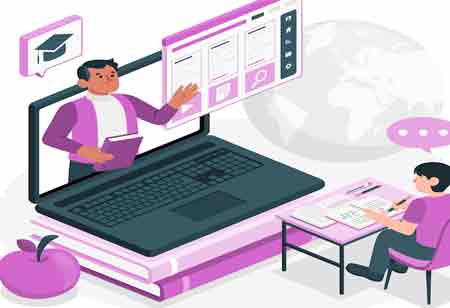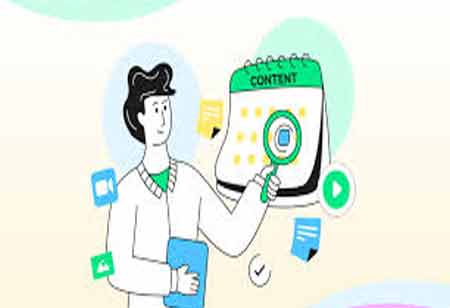THANK YOU FOR SUBSCRIBING
Be first to read the latest tech news, Industry Leader's Insights, and CIO interviews of medium and large enterprises exclusively from Education Technology Insights
Cost-Effective Strategies for Enhancing Educational Outcomes
With the spread of the COVID-19 pandemic, it became increasingly important to teach students from home using technology.

By
Education Technology Insights | Tuesday, September 26, 2023
Stay ahead of the industry with exclusive feature stories on the top companies, expert insights and the latest news delivered straight to your inbox. Subscribe today.
Technology can significantly aid instructors and students of all ages, from enabling interactive learning to managing assignments and grading.
Fremont, CA: With the spread of the COVID-19 pandemic, it became increasingly important to teach students from home using technology. While most students, parents, and teachers only want to continue with remote learning as required, technology can still increase student engagement, reduce instructors' workloads, and increase educational achievement. Moreover, thanks to the abundance of resources available today, schools don't necessarily need to spend a large portion of their budgets on integrating digital tools into their curriculums and teaching strategies. Technology can significantly aid instructors and students of all ages, from enabling interactive learning to managing assignments and grading. Here are several low-cost ways teachers and institutions may use technology to enhance their offerings and results in the classroom.
• Support Individual Learning Styles
Early learning assessments are necessary so that we can equip pupils with technology that is tailored to their learning preferences. For auditory learners, this would include audiobooks; for visual learners, it might entail video recordings of lessons; for kinesthetic learners, it might entail practice tests generated by artificial intelligence (AI) and virtual assistants powered by machine reading comprehension.
• Facilitate Long-Term Student Research
To conclude, students might start gathering data in the classroom and observing trends. To identify trends across time and draw conclusions, students might enter the data they collect into a spreadsheet or other data visualization tool. These kinds of extensive projects assist students in learning how to precisely gather data, enter it, display it, and analyze it.
• Develop University-Run Help Desks
Regardless of where they are learning, working, or teaching from or what devices they are using, students, instructors, and staff need rapid and individualized IT issue responses. Universities can promptly detect and address emerging technological issues by updating their help desks. This guarantees the finest user experience and keeps students and instructors working efficiently.
• Provide Enhanced Practice Exercises
Humans learn by integrating the teachings and putting them into practice, not by reading or listening to lectures. With technology, children may easily practice practically everything, including writing & math, to study the past. For all of these topics, some websites and applications provide advantages that the written word cannot, like interaction, immediate feedback, and a close connection to colleagues worldwide.







